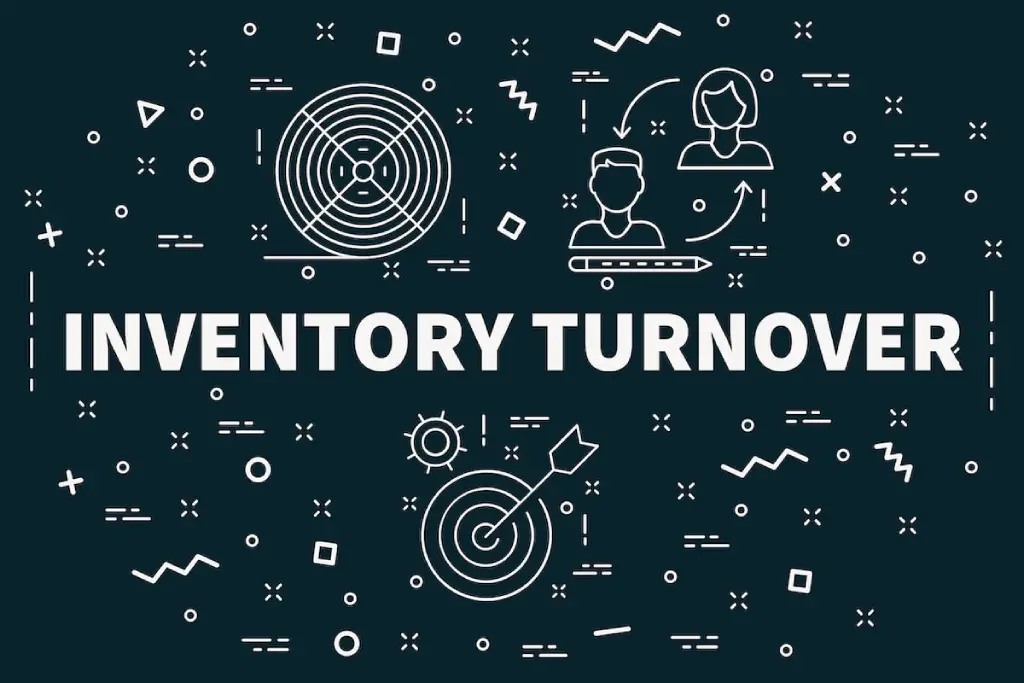
Are you looking for new ways to optimize your warehouse operations, including inventory management and logistics efficiency? Then integrating your transportation management system (TMS) with a warehouse management system (WMS) could be the solution. Using two separate systems that are not connected can cause delays, confusion, miscommunication, and tired employees due to double entering of transportation data into each software program. But when these two systems are integrated, they provide enormous benefits in operational productivity and allow teams to manage transportation issues, order management, and load planning before they arise.
Let’s explore why WMS and TMS integration is so important and how it can play a central role in eliminating most manual processes now and well into the future!
Warehouse and Transportation Management Systems and Their Roles
The Role of TMS
A transportation management system is a software platform that automates and streamlines many of the processes related to the shipment and delivery of goods for many organizations including warehouses and third-party logistics providers (3PLs). According to explorewms.com, a TMS also helps businesses to plan, carry out, and improve their logistics and transportation processes.
Transportation management systems consist of four key process characteristics:
- Decision Making and Planning – TMS selects the most efficient transportation solution based on pre-defined parameters. System parameters may include the priority of shipment, shipping costs, transit time, and route optimization with the fewest number of stops to the shipment’s final destination.
- Transportation Plan Execution – A company’s activity during this phase includes acceptance of dispatch and subsequent rates from carriers, plus any EDI transactions
- Transit Aftermath Data – Detailed information may consist of freight tracking, transit time, customs clearance, booking and accounting documents, and alerts for transportation delays that may occur due to weather or accidents, for instance.
- Logistics KPI Measurement – The ability to generate customized reports for companies to measure their key performance indicators like transit times, shipping costs, labor scheduling, and carrier performance. The detailed information can be used in future TMS solutions planning and shipping process.
All in all, transportation management system software helps warehouses and 3PLs with supply chain management by easily optimizing shipping operations and getting the most out of company resources.
The Role of WMS
A warehouse management system is a software platform that automates and optimizes the processes within a warehouse environment like inventory management. A good WMS reduces errors and increases accuracy for every step in the process from receiving goods to warehouse space allocation, storing, locating, picking, and packing items for shipment. A WMS also provides real-time visibility into system data, allowing teams to easily keep track of what’s in stock and quickly respond to customer orders.
Warehouse inventory management systems can easily integrate with other systems like TMS, ERP, EDI, and e-commerce sites for better automation and operational proficiency for companies. They are typically offered as an on-premises installation or as cloud-based solutions.
By connecting TMS and WMS systems through integration, businesses can maximize efficiency throughout supply chain execution. Primary users get a complete view of the company processes from end to end, allowing them to better plan and execute shipments. The integration of these two platforms also reduces tedious manual work, eliminates double data entries, and minimizes errors resulting in higher customer satisfaction levels.
Benefits of WMS and TMS Integration

Integrating your WMS source and TMS software offers many benefits that can help improve every aspect of the warehousing and logistics processes. Here are some of the key advantages:
• Increased operational efficiency, accuracy, and visibility throughout the entire process from warehouse to delivery.
• Automated functions, including real-time updates on inventory data and order status, with the ability to track shipments.
• Improved customer experience with more accurate order fulfillment, faster delivery times, and better inventory and shipment information communication.
• Reduced costs from increased visibility into the supply chain, helping to identify areas for transportation management improvement and cost savings.
• Eliminated duplication of data entry, resulting in less manual work and fewer costly mistakes due to human error.
• Improved response to market demand or emerging technologies with the ability to quickly adapt and adjust.
Integrating your warehouse and transportation management systems is a must for any business looking to improve its supply chain planning, efficiency, accuracy, and visibility. With the right integration solution, you can easily maximize every aspect of your procedures from warehouse to delivery. This can result in more efficient supply chain transparency with your customers and carriers for an enhanced customer satisfaction experience.
Ready to Streamline Your Supply Chain?
Unlock seamless supply chain management with our integration-ready WMS. Logimax WMS enhances efficiency and connectivity by integrating with leading TMS platforms.
Learn HowWhat You Need to Consider Before Your Transportation Management System Integration

Once you’ve decided to integrate your transportation management system with your warehouse management software, there are a few things to consider before getting started. Whether you are among larger or smaller businesses, it is important to take the time to evaluate your current management systems and processes to ensure that everything is ready for integration. Here are some of the key points you should consider:
• What type of data will you need from your TMS for integration?
• What are the current capacities of your existing transportation management application systems?
• How often will data need to be synced between systems?
• Does each system have an API that can be used for the two systems to work together?
• Do you have a clear understanding of the goals and objectives you want to achieve with the TMS integration?
How to Implement TMS and WMS Integration Successfully
The key to successful integration is choosing the right WMS and TMS solutions for your business. Make sure you have a clear understanding of your needs so that you can select an integration process that matches.
Some important features to look for in an integration platform include:
• Easy setup and configuration options.
• Support for various data formats.
• Real-time sync and updates between systems.
• Ability to scale as your business grows.
• Security measures to protect your data.
• Streamlined and customizable reporting capabilities.
Once you have chosen the right integration solution, it’s important to properly configure and test it before going live.
Troubleshooting Tips for Ensuring Optimal Performance After Implementation

Once your TMS integration is up and running, it’s important to make sure that everything is working as expected. Here are some tips for troubleshooting any issues:
• Monitor data synchronization regularly to ensure accuracy between systems.
• Ensure all necessary APIs are enabled and configured properly.
• Check system logs for any errors or warnings.
• Make sure data is being transferred securely.
• Test system performance on a regular basis to make sure it is operating optimally.
By taking the time to properly configure and test your systems after integration, you can ensure that your management systems are working together seamlessly and performing well. When you leverage their combined power, you can unlock new levels of visibility, accuracy, and cost savings throughout your warehouse and logistics processes. A successful integration helps you optimize your operations and ensure a positive customer experience, ultimately leading to increased profits and growth.
The Future of TMS and WMS Integration in the Supply Chain

It is clear that integrating WMS and TMS systems can provide significant benefits for warehouses and 3PLs. As technology evolves in today’s world, more features and options will become available to further improve integration capabilities. Solutions such as artificial intelligence (AI) and machine learning are already being used in some cases to automate tasks such as data analysis and decision-making. In the future, this technology could be used to improve data synchronization and provide accurate real-time transparency into supply chain performance for transportation customers.
The integration of TMS and WMS systems is essential for achieving greater efficiency, accuracy, and cost savings throughout your supply chains. By choosing the right system solutions and taking the necessary steps to configure them properly, you can unlock the full potential of these two powerful tools. With the right integration strategy in place, you can optimize your transportation operations and ensure a positive customer experience.
To stay competitive in today’s market, it is essential to take advantage of the power of TMS and WMS integration. By leveraging their combined capabilities, you can gain greater visibility into your entire transportation supply chain and improve performance from warehouse to delivery. This allows you to stay ahead of the competition and ensure a successful future for your business.
Integration with Supply Chain Solutions from Logimax and Varsity Logistics
Logimax and Varsity Logistics are two of the leading providers of WMS and TMS in the market today. Our team of experts can help you find the perfect solution for your business, allowing you to optimize workflows, increase efficiency and improve customer service from smaller shippers to the largest carriers. We strive to deliver top-notch quality products and services that can be tailored to your specific needs. Contact us today to learn more about our TMS and WMS integration solutions for the supply chain industry. We look forward to helping you optimize operations and unlock the full power of automation and connectivity.
Integrating TMS and WMS systems can be complex, but with the right tools, resources, and expertise it can be implemented and work to your advantage while realizing many additional benefits. By taking the time to understand your inventory, transportation, and logistics business needs, evaluate current systems, and implement a well-suited integration solution, you can unlock the full power of TMS and WMS to improve your entire supply chain.



